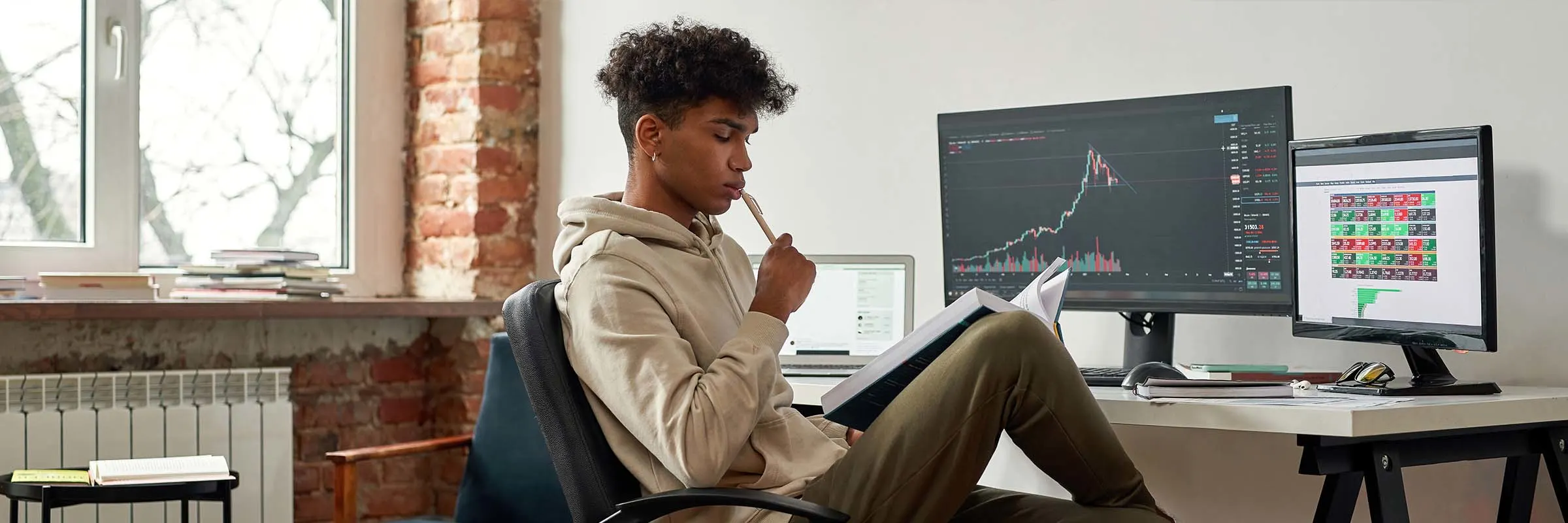As an investor, you must prepare for obstacles that can cross your path. Investment risks can take many forms and interrupt the calm with an occasional storm.
Are you ready to dive in or would you rather play it safe? Gauge your tolerance level with this risk personality quiz:
Investment risks and strategies
What-if scenarios can help you create a risk-management contingency plan.
1. What if inflation increases?
Inflation is a sustained rise in the price of goods and services over time. In other words, the things you buy get more expensive. If the returns on your investments don't increase at a similar pace, your purchasing power can erode.
One method to hedge against inflation can be choosing investments that are less likely to be negatively affected by rising prices. These could include real estate, gold and commodities because their value can remain stable or increase during periods of higher inflation.
You might also focus on investments that are less sensitive to inflation, such as long-term bonds.
Read more: Work with a personal advisor to help you better mitigate risk.
2. What if the market becomes volatile?
Prices increase or decrease more frequently when the market experiences volatility. This is a natural part of how the market works.
While you can't escape volatility completely, you can take certain steps to try and manage it:
Diversifying your portfolio to include a mix of securities with different risk profiles
Choosing investments that aren't highly correlated with one another (meaning they each react differently to market volatility)
Avoiding herd mentality or emotional investing that might tempt you to sell when everyone else is selling or buy when everyone else is buying
Leveraging dollar-cost averaging
3. What if there's an interest rate hike?
Managing risk during changing rate environments means understanding how rates can affect different investments.
When interest rates rise, for instance, bond prices typically fall. That can affect bond yields, especially for bonds with longer maturities. Investing in shorter-term bonds when rates go up is one risk mitigation strategy.
With stocks, some sectors may outperform others in different rate environments. Consider a sector rotation approach to attempt to keep risk in check through periods of rising or falling interest rates.
4. What if I lose my job?
If you have the means, continuing to invest while you're looking for your next job can help you stay on track with your financial goals. If you have dividend-paying stocks in your portfolio, they could be a source of income until you start receiving a paycheck again. Depending on your situation, you may be able to fall back on money from your investment accounts.
Take note: Cashing out investments has tax implications, and you will miss out on the power of compounding returns, which can mean less potential in the long run. Early withdrawals from a retirement account can result in tax penalties. Evaluate all your choices when deciding what will best help you pursue your financial goals.
5. What if I have a financial emergency?
Building an emergency fund can allow you to continue investing even when a curveball comes your way. Backup funds can help with managing risk by ensuring that you don't have to sell off investments to cover cash flow gaps.
You can't avoid risk, but you can plan for it.
Once you know where the sweet spot between your risk tolerance and risk capacity lies, you can create strategies for your investment goals.



